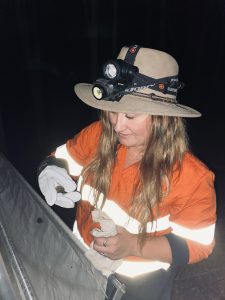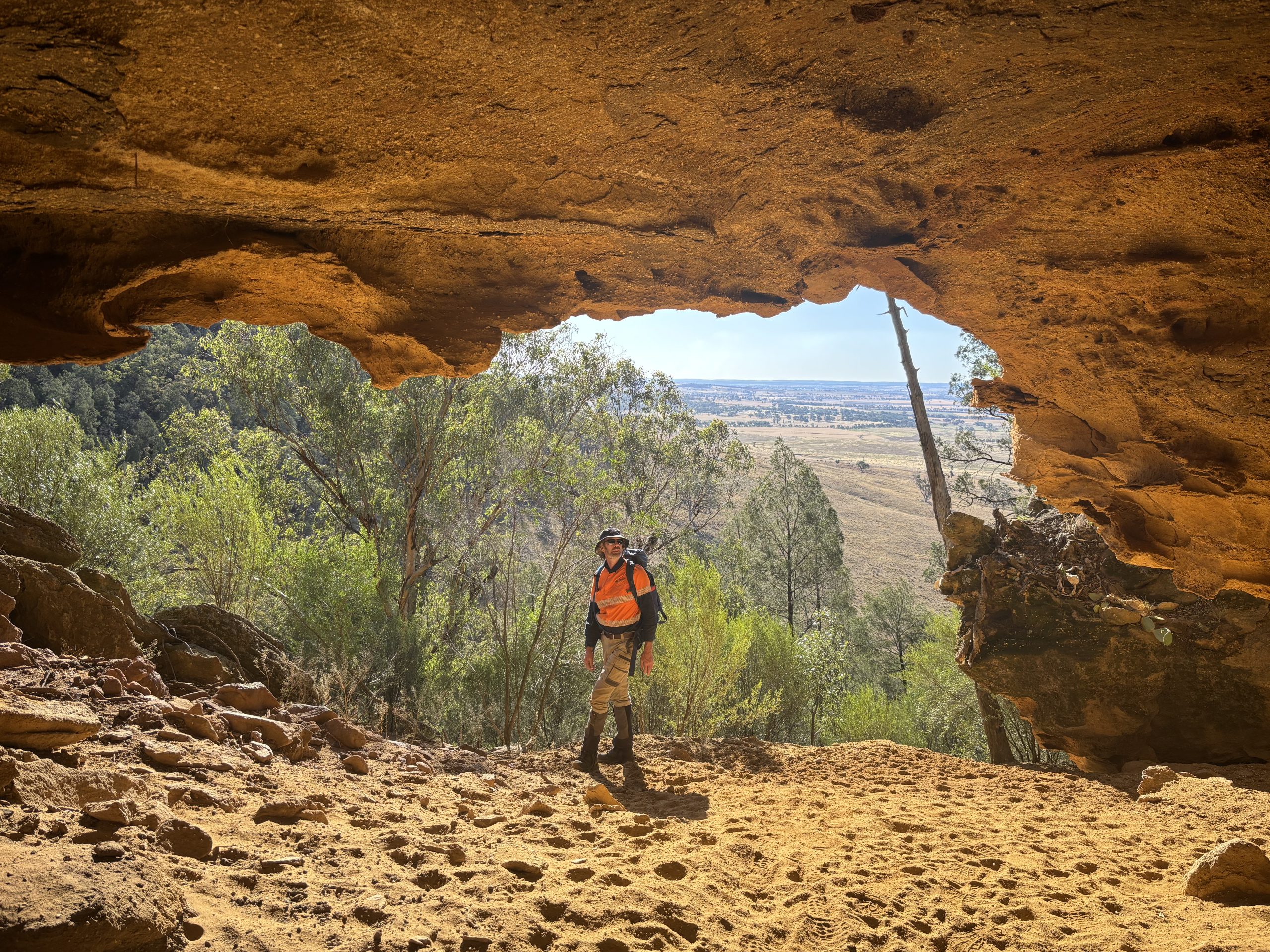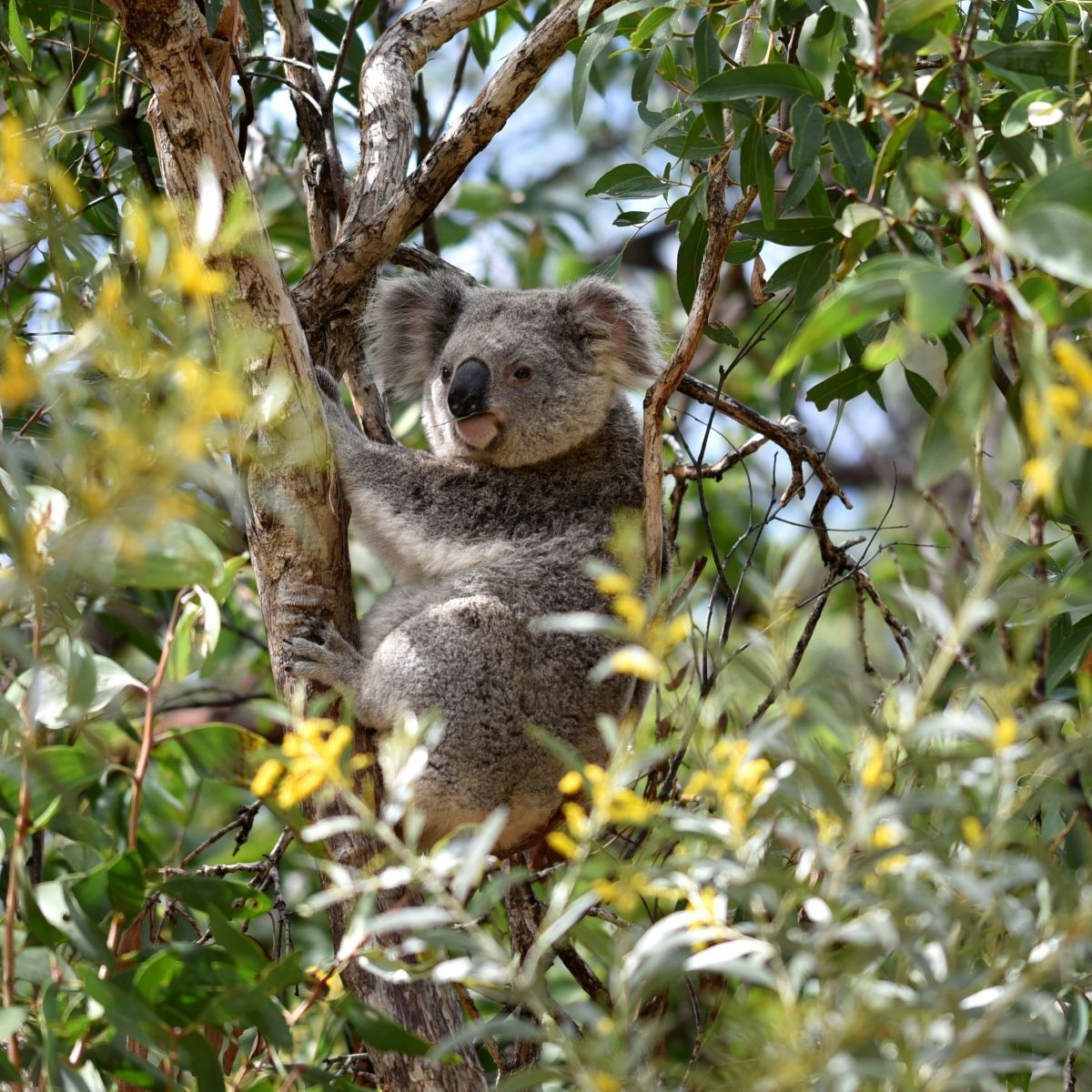Unlocking the future of Bat Collision Risk Assessments in wind energy
Authors: Kayla McGregor, Principal – Ecology, and Cara Parsons, Experienced Consultant – Ecology
September 4, 2025
News & Insights
With Australia’s renewable energy sector growing at pace, we are challenged to accelerate the clean energy transition while ensuring robust outcomes for biodiversity.
At the recent 2025 International Bat Research Conference, one message was clear: the way we assess and manage bat collision risk at wind farms must evolve, and quickly. At Niche, we see this as an exciting opportunity. Working at the interface of industry, regulators, and researchers, we are committed to translating cutting-edge science into practical, on-ground solutions.
Kayla McGregor, Principal – Ecology, and Cara Parsons, Experienced Consultant – Ecology, explain how we are working with our renewable energy developer clients to refine how we monitor, model, and mitigate collision risk for bats.

Ecologist Kayla McGregor during a bat survey
The state of play: Collision risk and knowledge gaps
Despite increasing awareness of the issue and commitment from developers to engage in this area, Australia still faces several critical gaps, such as:
- Bat flight heights and behaviours are poorly resolved, with detectors at turbine height providing limited certainty.
- Species-specific risk data remains patchy, especially for many listed species.
- Survey and monitoring standards differ across states, with some states providing stronger formal requirements than others.
- Seasonal and migratory movements are still under-studied despite evidence of peak mortality in autumn.
- Technology integration also lags behind, with acoustic monitoring often used in isolation.
These uncertainties reduce confidence for both proponents and regulators, slowing the path to effective, evidence-based mitigation.
Innovation on the horizon
The international research community is rapidly developing tools that have the potential to transform the way bat collision risk is assessed and managed at wind farms. These advances are driving a shift in risk assessment from reactive monitoring toward predictive, evidence-based approaches.
AI-assisted acoustics are being developed and trialled globally, with the goal of enabling real-time recognition of bat calls in the field. Multi-modal sensor arrays that combine ultrasonic microphones with thermal or near-infrared cameras are providing around-the-clock insights into bat activity at turbine height. Radar systems are being explored to track flight paths and altitudes at fine scales, improving our understanding of collision risk windows. At the same time, detection dogs are being deployed to improve the accuracy of carcass searches, helping to quantify turbine-related mortality with greater confidence.
Internationally, there is growing evidence that adaptive curtailment strategies (where turbines are temporarily shut down during periods of high bat activity, often triggered by seasonal patterns, weather conditions or real-time detections), can significantly reduce fatalities. Emerging approaches are also testing how telemetry, migration mapping, and landscape-scale modelling can better account for seasonal movements and inform siting and operational decisions.
Together, these innovations point to a future where collision risk assessment is not only more precise, but also more predictive and transparent. For developers, this means clearer, standardised approval processes and reduced uncertainty. For regulators, it strengthens confidence in decisions. And for biodiversity, it offers a pathway to positive ecological outcomes.

Ecologist Cara Parsons during a bat survey
Practical lessons already showing success
The conference also reinforced that some solutions are already well supported by evidence, such as:
- Curtailment during low wind speeds has been shown to reduce bat fatalities significantly, with minimal energy trade-offs.
- Detection dogs consistently outperform human-only search teams in mortality monitoring.
- Careful turbine micrositing away from forest edges can reduce risk.
- Attention to turbine design factors such as blade length, hub height, and ground clearance is also important, though no universally ’safe’ design standard exists.
Evidence-based measures such as curtailment, detection dogs, strategic turbine placement and design give developers practical ways to reduce bat fatalities while keeping projects on track. By combining these tools with emerging technologies and ongoing research, projects can move forward confidently, delivering better outcomes for both renewable energy and bat conservation.
Frameworks and national initiatives
Australia is building momentum through national initiatives such as the Commonwealth Department of Climate Change, Energy, the Environment and Water (DCCEEW) Renewable Environmental Research Initiative (RERI). RERI is funding several major projects, including a collision fatality decision-support tool being developed by the Arthur Rylah Institute (due 2026) and a standardised risk assessment framework for wind farms by Symbolix Pty Ltd (due 2026).
These tools aim to deliver consistent, quantitative methodologies for regulators and developers alike. Their success, however, will rely on strong industry engagement (through the provision of field data, case studies, and active partnerships with researchers).
This is where Niche can play a role. By engaging closely with the research community (through RERI and broader collaborations) we are ready to contribute case study data to national collision risk tool development and to embrace emerging research and technologies that will enhance flightpath mapping, build robust species risk profiles, and strengthen impact avoidance, mitigation, and curtailment optimisation.
Niche’s next steps
At Niche, we believe that our role is to ensure technical advances are translated into robust, practical impact assessments that are grounded in science, responsive to regulation, and ultimately directed toward protecting bat populations in parallel with supporting Australia’s renewable energy transition.
We will support efforts to inform national policy alignment by advocating for consistent bat survey and monitoring requirements across jurisdictions and contributing technical expertise to ensure frameworks are both practical and science driven.
The future of wind energy and bat conservation is not a trade-off; it is a collaboration.
By embedding global advances into our projects, collaborating with researchers and initiatives, and sharing data to close critical knowledge gaps, we aim to ensure renewable energy projects progress with confidence and ecological responsibility.




